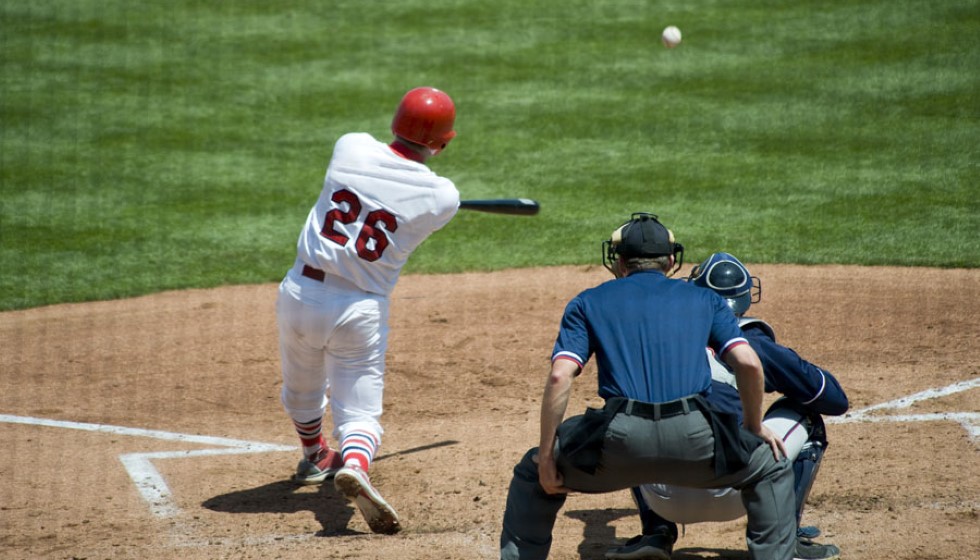
Tropicana Field Faces Major Damage in Wake of Hurricane Milton
This past week, Tropicana Field, home to Major League Baseball's Tampa Bay Rays, sustained significant damage as Hurricane Milton barrelled through Florida's Gulf Coast. Designated as a Category 3 storm upon landfall near Siesta Key, the hurricane dished out severe conditions, including wind gusts reaching up to 101 mph near the stadium. As emergency crews mobilized, they found themselves grappling with the deteriorating dome roof of this iconic venue.
The Aftermath of High Winds
The damage to Tropicana Field's dome—an architectural marvel in its own right—was particularly striking. Featuring a cable-supported design that spans six acres, the dome is a clever amalgamation of translucent, Teflon-coated fiberglass, backed by an intricate network of 180 miles of cables and struts. Despite its engineering prowess, which allows it to resist winds up to 115 mph, the structure succumbed to Milton's fury. The sheer force compromised sections of the dome, echoing the broader devastation brought on by the storm.
Preparation and Response
Thankfully, no one was hurt when the damage occurred. Governor Rick DeSantis assured the public, stating, "First responders had moved to a safe location prior to the storm's landfall and were not inside Tropicana Field when it sustained damage." Before the hurricane's rage unfolded, the stadium had been strategically designated as a base camp for emergency responders. This foresight undoubtedly contributed to the successful safeguarding of human life, even as material losses mounted.
Hurricane Milton's Wider Impact
Beyond Tropicana Field, Hurricane Milton wrought havoc across the region. Nearly 2 million residents experienced power outages, and rainfall totals were staggering. In St. Petersburg alone, over 16 inches of rain fell within 24 hours, transforming streets into rivers and overwhelming drainage systems. The storm's impact was felt far and wide, with its ripples extending into urban centers and rural outposts alike, challenging communities and infrastructure.
A Historic Venue's Uncertain Future
Tropicana Field, since its doors opened in 1998, has been a cornerstone of the Tampa Bay area, hosting not just Rays games but a plethora of events, from concerts to trade shows. This recent bout of damage raises questions about the venue's immediate future, not to mention its long-term viability in a region increasingly at the mercy of unpredictable weather patterns.
Interestingly, earlier this year, Pinellas County commissioners approved public funding for a new Rays ballpark—a decision now cast in a new light. With Tropicana Field's structural integrity compromised, calls for a new stadium may gain fresh urgency, aligning with the community's broader efforts to modernize and adapt local infrastructure.
Looking Ahead
As the Tampa Bay Rays organization and local authorities begin to assess the full scope of the damage, the road to recovery appears daunting yet hopeful. This forced pause also offers an opportunity for the city and its flagship team to envision what comes next. As it stands, Tropicana Field remains a symbol of endurance and resilience—a shared aspiration for everyone impacted by Milton's unrelenting path.
In the ensuing days, the collaborative spirit underlying Florida's hurricane preparedness plans will be put to the test, evaluating not just the physical repairs needed but also the communal healing required to navigate post-storm realities. Together, the efforts and progress made in response to this challenge will define both Tropicana Field's—and Tampa Bay's—future.